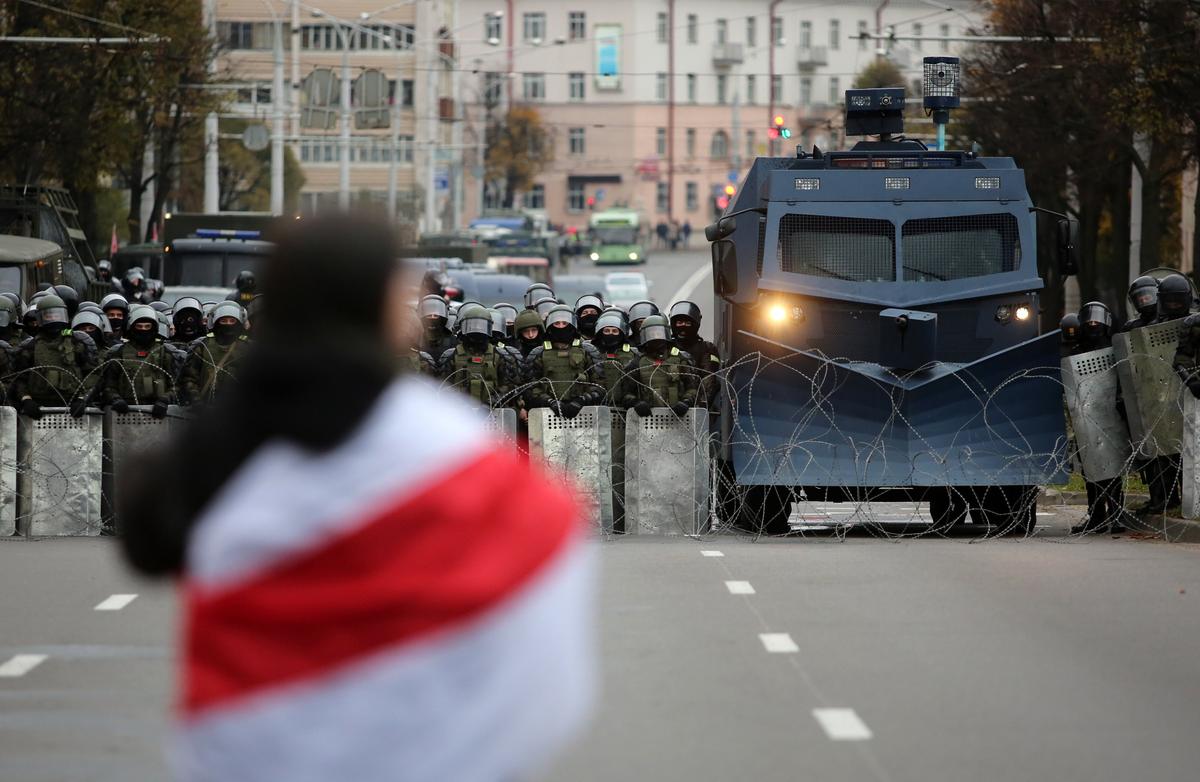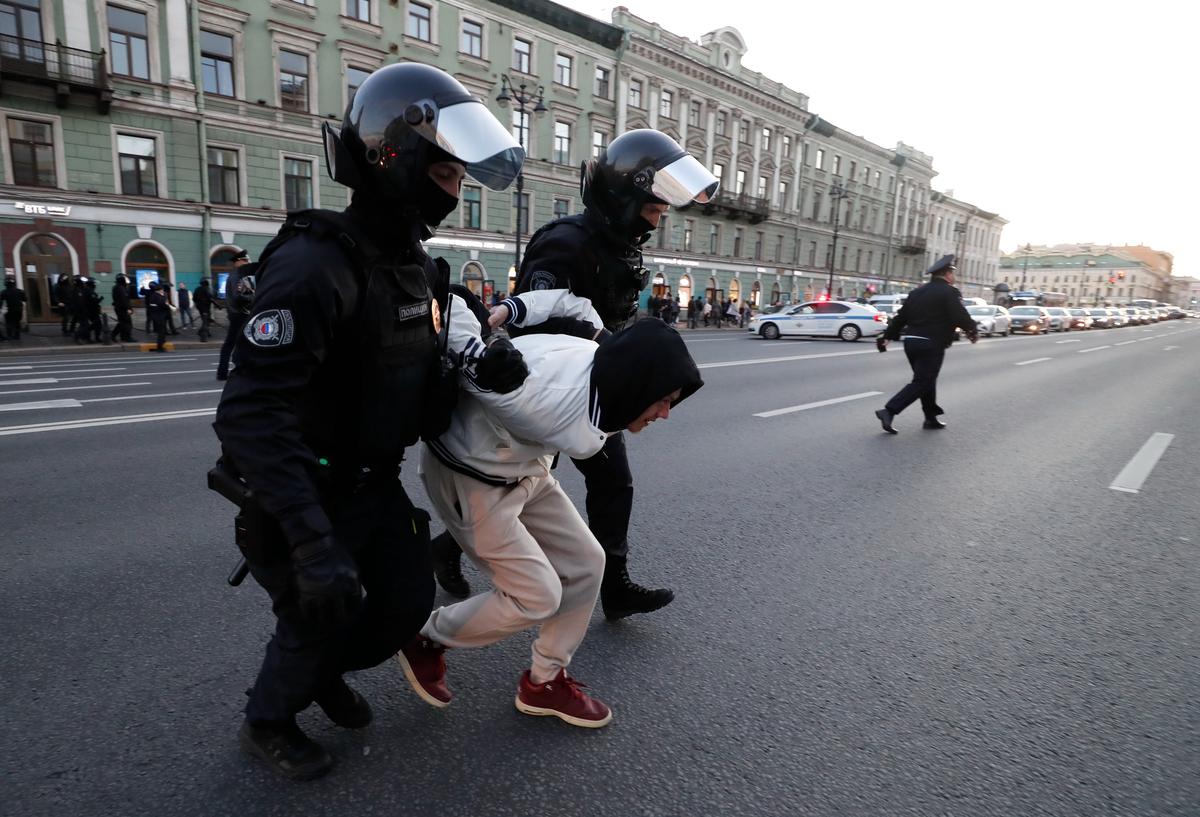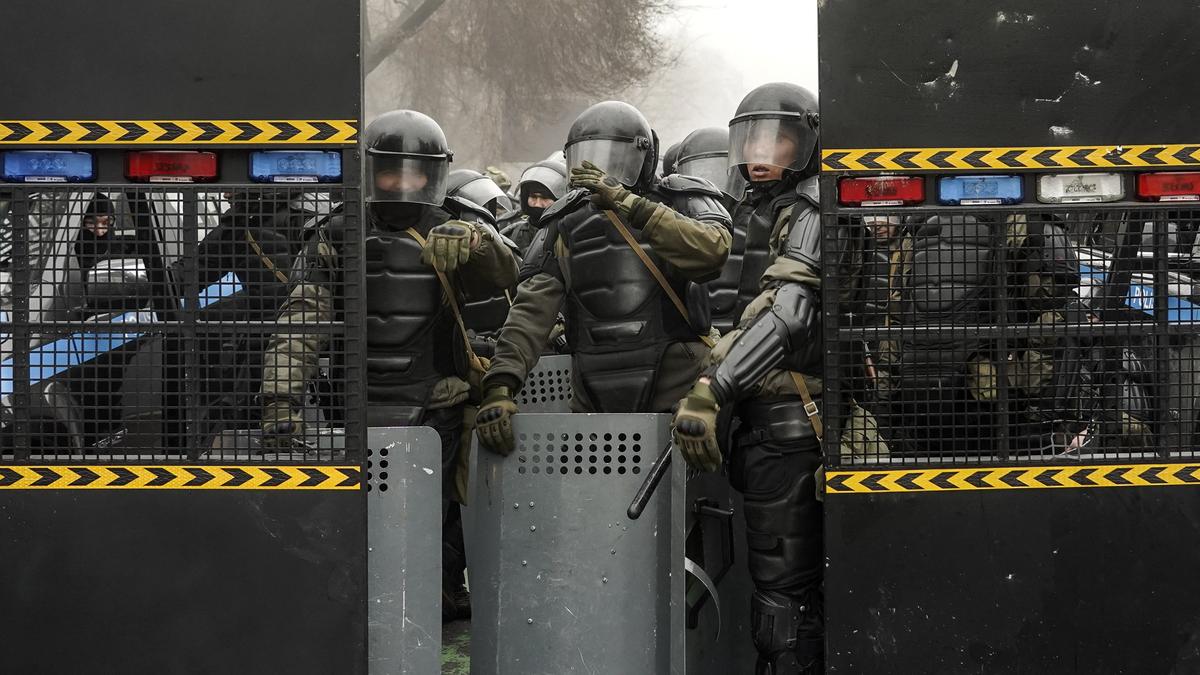The opposition movements of the Post-Soviet Space are no strangers to fragmentation, as each not only fights its own dictatorial regime but also, in most cases, with itself.

Arseny Borisov
Russian-American journalist and author of the Russia Tomorrow newsletter
While the regimes they fight are united, exchanging surveillance technologies, coordinating propaganda, sharing police expertise, and protecting each other diplomatically, no such transnational unity exists between the organisations seeking to bring about peaceful change.
Those who dare to imagine a democratic and free future for their Post-Soviet state would be fighting an uneven battle, even if that state stood alone. However, when unified, the dictatorships of the Post-Soviet Space remain, for the most part, invulnerable to any individual movement.
If there is to be any realistic chance of toppling the cartel of despots slowly strangling the majority of the 15 states that once made up the Soviet Union with corruption and inefficient, inhumane governance, liberation cannot come through isolated national awakenings.
Liberating the post-Soviet republics before the economic, demographic, and social damage caused by these regimes becomes permanent will only be viable if the region’s democratic forces unite around a shared mission, and recognise that none can be free while the others remain subject to the rule of tyrants.
Most of the dictatorships that dominate the Post-Soviet Space are members of the Collective Security Treaty Organisation (CSTO), a Russia-dominated security alliance that also plays a significant role in buttressing Moscow’s network of interlinked tyrannical client states.
The most blatant example of this was the CSTO’s intervention in the 2022 anti-government unrest in Kazakhstan, when a spike in gas prices and widely felt frustration at government policy failures led to an outbreak of protests and riots.

A protester faces ranks of Belarusian riot police and a water cannon during an anti-government rally in Minsk, Belarus, 25 October 2020. Photo: EPA
The CSTO responded within days, deploying thousands of troops in support of Kazakh President Kassym-Jomart Tokayev. This unprecedented show of inter-regime support was crucial in silencing a mass, largely nonviolent protest movement and likely saved Tokayev from the fate of his predecessor, Nursultan Nazarbayev, whose 28-year rule was ended by protestors in 2019.
This support, however, extends far beyond visible military presence and is often reinforced by financial and diplomatic lifelines stemming from the Kremlin. After the start of Lukashenko’s 2020 crackdown on protests against his re-election, Putin’s regime stepped in to offer Minsk cut-price gas, deferred debt, and billions in loans, which proved to be a lifeline for Belarus’s 31-year dictatorship.
Ultimately, the network of cooperation between these countries extends to a deeper level of technological and logistical interdependence. Russia’s lawful-intercept systems, such as its System for Operative Investigative Activities (SORM), have been deployed by the governments of Central Asia, allowing those dictatorships to use some of the most advanced digital spying technologies on their citizens, to which Russia also has access.
Post-Soviet dictatorships have established a network of cooperation and interdependence that works on numerous levels.
Meanwhile, sanctions-evading trade routes now reliably channel dual-use components through Russia’s neighbours — Kazakhstan, Kyrgyzstan, Uzbekistan, Georgia, Armenia — sustaining various types of industries despite formal international restrictions.
In short, the post-Soviet dictatorships have established a network of cooperation and interdependence that works on numerous levels, leaving every one of them indirectly tied to the survival of the others.
Against this cartel of unified and organised despots, long entrenched in power, stand divided and weakening opposition movements. Finding themselves scattered across exiled communities, underground networks, and social media spaces that rarely, if ever, intersect, these opposition groups are national in nature and face the combined censorship, surveillance, and infiltration efforts of some of the world’s most brutal dictatorships. The siloing of dozens of such groups has without doubt played a key role in the slow, painful marginalisation of democratic opposition efforts throughout the Post-Soviet Space.

Russian police detain a protester at an unauthorised demonstration against military mobilisation, in St. Petersburg, Russia, 24 September 2022. Photo: EPA / Anatoly Maltsev
These opposition groups must quickly understand what the regimes they are theoretically dedicated to challenging have long known, namely that the survival of one ensures the survival of all. In doing so, they must also shed the illusion that each democratic movement represents a distinct national struggle capable of bringing about peaceful transition without enlisting help from the others. They are, whether they accept it or not, elements of a single campaign to end the post-Soviet authoritarian order that has put down such deep roots in at least nine countries that emerged from the ashes of the Soviet Union in 1991.
Continuing the current strategy could perhaps, with time, reap rewards in one country — where a single dictator could misread a certain situation and find himself removed following popular unrest, or following a major spat between two or more of the countries in this network — but even so, a single democratic state, surrounded by a critical mass of hostile autocracy, will almost inevitably revert to its former ways, as has arguably been the case in the South Caucasus with Georgia and in Central Asia with Kyrgyzstan.
After failing for over three decades to win freedom for the people of the Post-Soviet Space, this vast region’s divided opposition groupings have run out of time, and to minimise the long-term economic, demographic, and social damage being inflicted by their own leaders right now, they must embrace tactical unity as their only viable option.
Views expressed in opinion pieces do not necessarily reflect the position of Novaya Gazeta Europe.

